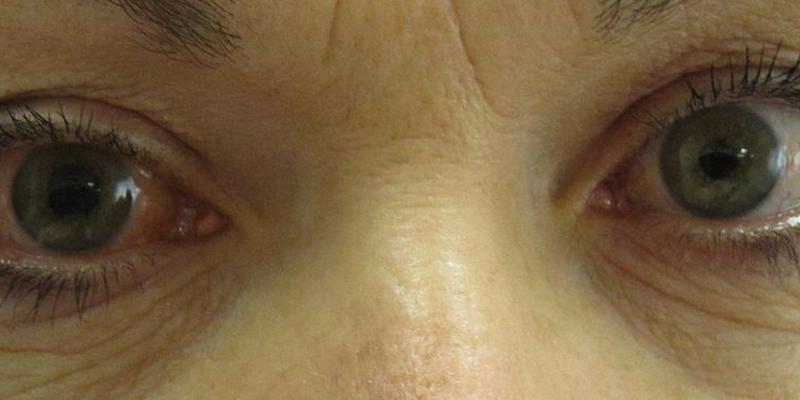Glaucoma is an eye condition which leads to a progressing and irreversible damage to the optic nerve, and when untreated – even to vision loss. That is why it is worth to take free of charge screening tests for glaucoma.
According to the experts, in Poland there are 800 thousand people suffering from glaucoma, and merely 65 thousand of them are aware of it, because this condition develops without any symptoms. In global terms, this condition afflicts about 70 million people, and a few million of them have lost their vision as a result of glaucoma-related optic nerve atrophy.
First of all, check your eye pressure
The first symptoms of glaucoma may be the following: the deterioration of vision acuity, headaches or heavy pain in the eye together with redness and widening of the pupils (induced by the increased pressure within the eye).
However, most persons with glaucoma may be diagnosed on time thanks to specialised diagnostic tests. The basic examination is to check the pressure within the eye; its increase is one of the major causes of glaucoma. The eye pressure of a healthy person should be within the range between 9 and 21 mm Hg.
Other symptoms which may occur are scotoma, the impairment and narrowing of vision, and changes within the optic nerve such as the narrowing of the neuro-retinal rim and the widening of the notch in the optic disc.
Who should be examined?
Factors which are a sign for the patient to visit an ophthalmologist and undergo a test for glaucoma are glaucoma cases in the family, age of 35 and more, low general blood pressure, lipid disorders (hypercholesterolemia/hyperlipidemia), too intensive treatment of hypertension, migraines, vascular-systolic symptoms (permanently cold feet and hands), increased eye pressure and short-sightedness.
People over 35 years of age who have not been examined for glaucoma within the last 24 months or people who have been diagnosed for glaucoma before can take part in the screening test programme for early glaucoma diagnosis.
During a visit the ophthalmologist interviews the patient for glaucoma history, performs ophthalmological tests of the anterior and posterior part of the eye with a thorough stereoscopic assessment of the optic disc, an examination of intraocular pressure and of the the iridial angle.
The doctor makes a decision on the above basis; if the test results are good, the doctor recommends a check-up after 24 months. If the result suggests abnormalities, the doctor may refer the patient for further diagnostic tests or start treatment.
Glaucoma - a civilisational disease
The damage caused by glaucoma cannot be reversed, but it can be slowed down and even stopped. Its early diagnosis and proper monitoring and treatment give a chance to preserve sufficient vision acuity.
Glaucoma is most often treated pharmacologically, but when this method is not effective, laser therapy or surgical treatment can be applied.
Due to its frequency and unfavourable prognosis of untreated glaucoma, it is recognised as a civilisational disease.









Comments (0)